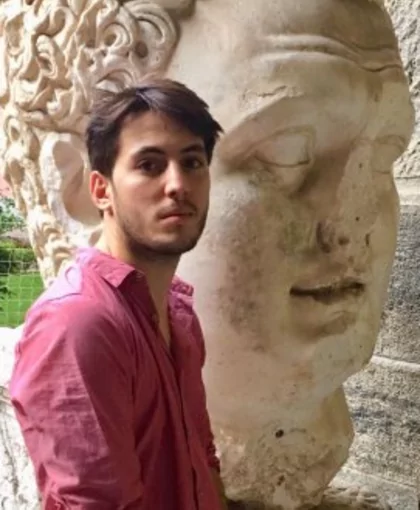Résumé
La création de l’Académie de San Fernando en 1752 marque un tournant dans l’histoire de l’architecture en Espagne. Elle devient rapidement un centre de création, de débat et de diffusion d’une nouvelle pensée architecturale, en lien avec les autres modèles européens. L’Académie instaure une nouvelle culture architecturale à partir d’un modèle pédagogique propre complété par des expériences telles que le voyage à Rome, dont témoignent les nombreux concours qu’elle organise. À côté de ces transformations artistiques, l’Académie s’empare à partir des années 1770 d’un pouvoir inédit en matière de définition du métier d’architecte et de contrôle de l’architecture publique espagnole. Cela entraine l’intensification des rapports entre l’Académie et les acteurs du milieu urbain, notamment à Madrid, ville où l’on entame alors un important processus d’embellissement et d’équipement. Dans ce contexte d’échange entre la pensée académique et la transformation de Madrid, les pouvoirs publics de la fin du XVIIIe siècle, structurés autour d’une administration de gestion du projet architectural réformée, encouragent la construction d’une série de grands monuments à travers lesquels se constate l’évolution théorique et stylistique du nouveau classicisme espagnol de la fin des Lumières. En 1808, l’annexion de Madrid au système du Premier Empire marque un point d’inflexion dans ce processus entamé depuis les années 1770. Madrid fait alors l’objet de profondes transformations institutionnelles, urbaines et architecturales qui la rapprochent davantage encore des expériences européennes, et marquent l’évolution postérieure de cette capitale à partir de la Restauration de 1814.
The opening of the Academy of San Fernando in 1752 marks a turning point in the history of architecture in Spain. It quickly became a center of creation, debate and diffusion of a new architectural thought inspired by the European models. The Academy introduced a new architectural culture from a pedagogical model complemented by experiences such as travel to Rome, and attested in architectural competitions. Alongside these artistic transformations, from the 1770s on, the Academy took on an incredible power in defining the profession of architect and control of Spanish public architecture. This is where the relationship between the Academy and the urban environment intensified, especially in Madrid, where a great process of embellishment and equipment began during the same period. In this context of exchange between academic thought and the transformation of Madrid, the public authorities of the late eighteenth century, structured around a management administration of the architectural project renovations, encouraged the construction of a series of great monuments, through which we can see the theoretical and stylistic evolution of the new Spanish classicism of the end of the Enlightenment. In 1808, the incorporation of Madrid into the First Empire system marks a turning point in this process begun since the 1770s. Madrid is then the subject of profound institutional, urban and architectural transformations that brings it closer to European experiences, completing previous experiences and mark the subsequent evolution of this capital from the Restoration of 1814.
Jury de thèse d'A. Almoguera :
- M. Basile Baudez – Professeur, Princeton University
- M. Alexande Gady – Professeur des universités, Sorbonne Université
- Mme Suanna Pasquali – Professeur, Université de Rome « La Sapienza »
- M. Delfin Rodriguez Ruiz – Professeur, Université complutense de Madrid
- Mme Letizia Tedeschi, Directrice de l'Archivio del Moderno

